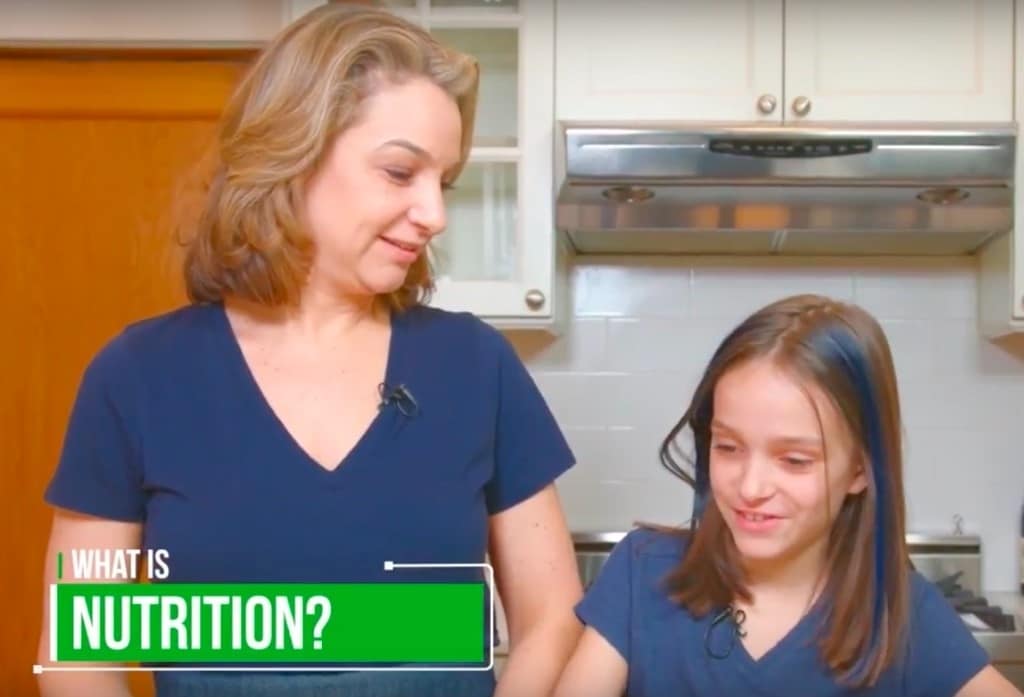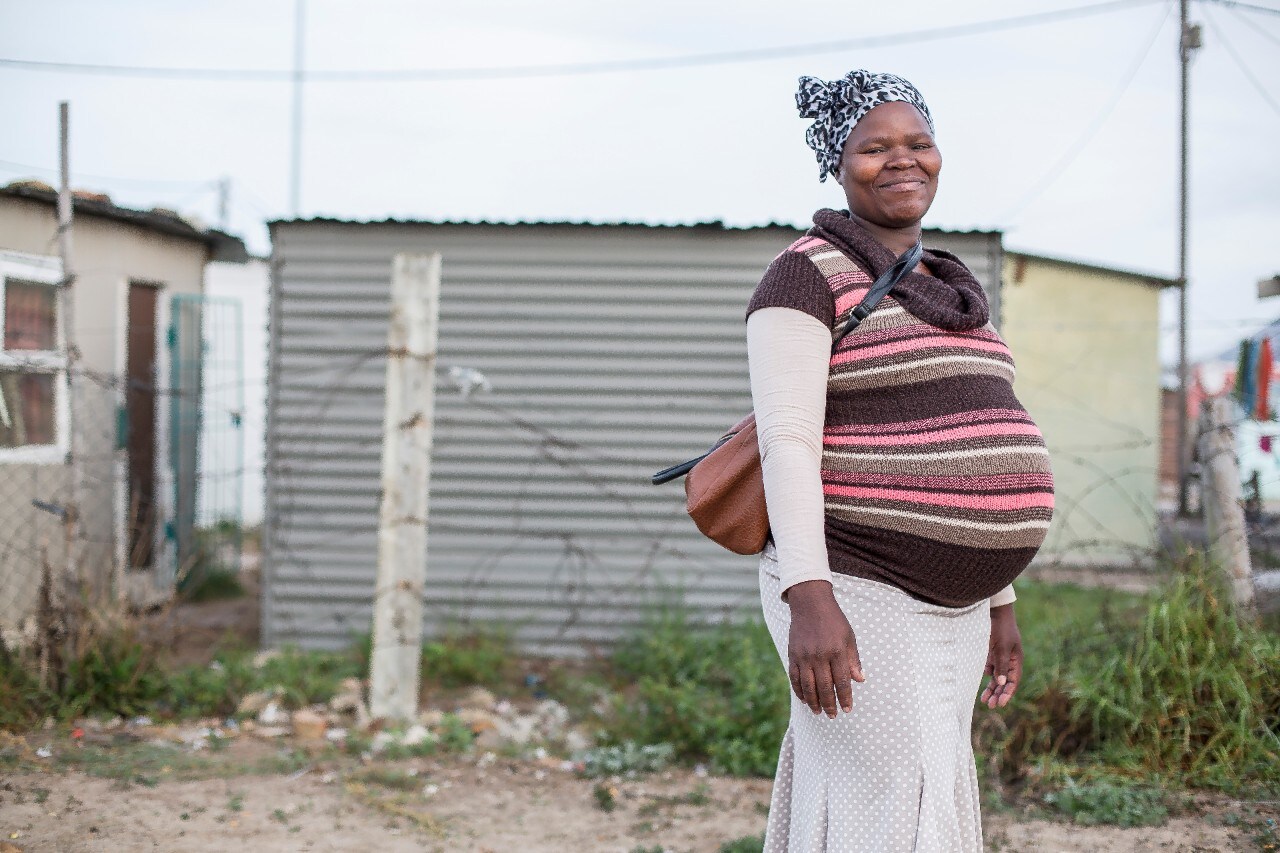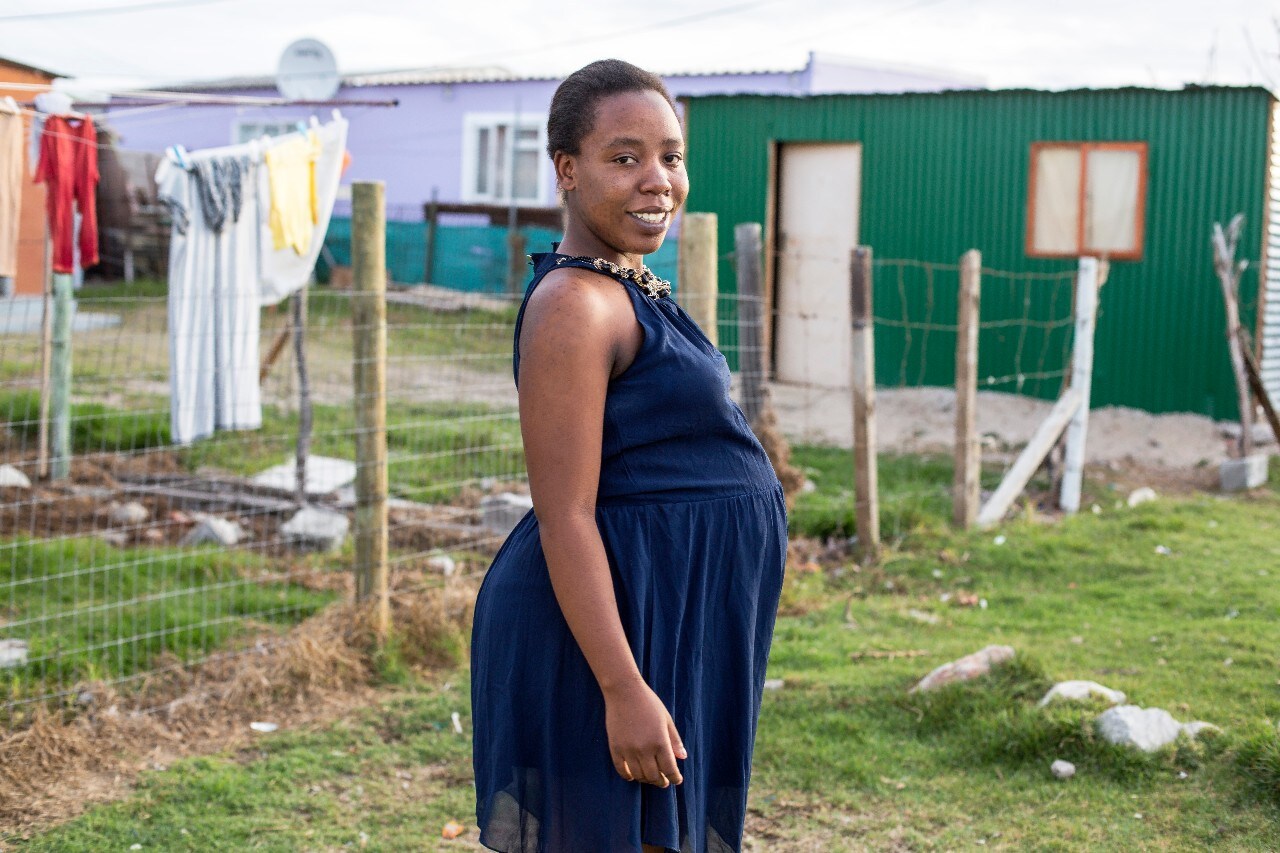In Sub-Saharan Africa, there are more adolescents than any other age group, with approximately a quarter of the region’s population aged 10–191. Adolescence is the second most physically demanding growth period after the first year of life - it is when we gain up to 50% of adult weight, 20% of adult height, and one third of adult bone mass2. Meeting our full potential during this time requires meeting our protein, fat and other vital micronutrient (vitamins and minerals) needs. But the adolescent girl who falls pregnant, needs good nutrition even more – she has to provide for her needs and those of her growing foetus. Because she is still growing herself, the pregnant adolescent’s nutrient requirements multiply and there is evidence of competition between mother and foetus for nutrients.
The World Health Organization reports that 16 million adolescent girls give birth every year1. In Kenya, nearly 18% of adolescent girls aged 15-19 are mothers3. In South Africa, 16% of women aged 15-19 have begun childbearing4.
Undoubtedly, adolescent girls embody the future. If their nutrition status is poor, then the nutritional status and health outcomes of their children will be fragile. Click here to read more on the impact of poor nutrition on both mother and child.
Nutrition – especially micronutrient nutrition for adolescent girls
Adolescent girls, in addition to carbohydrates and fats, need an increased protein intake and a variety of vitamins and minerals These can be obtained through making wise food choice or; through also including fortified foods that have selected vitamins and minerals, missing in the general populations diet, added to them; by taking an appropriate supplement, that includes iron and folic acid. The reality of adolescence is that it is a time of increased freedom and believing you are indestructible, so nutrition is often considered unimportant! Yet for girls, their nutritional status now will impact on the health and wealth outcomes of the next generation.
Why are we worried about the eating patterns/diets of adolescent girls?
- Typical adolescent eating behaviours include snacking (usually energy-dense foods), skipping meals (so skipping necessary nutrients), irregular eating patterns and, eating away from home more regularly (often resulting in high consumption of low nutrient fast food and sweetened beverages)5.
- The low intake of fruit and vegetables recorded in adolescents worldwide is a strong determinant that they aren’t getting the vitamins and minerals that they need6.
- The higher added sugar intake, also noted in this age group, further exacerbates micronutrient deficiencies, as sugar provides only energy6. It might also be indicative of the growing overweight and obesity levels being reported - up to one in three adolescents being obese in some countries, with numbers increasing in both low- and high-income countries1
The Birth to 20 study in South Africa showed that 18-year old girls ate fast food 7 times a week and the three most frequently consumed fast foods were ‘kotas’*, chips and vetkoek**7
The higher energy demands and physical growth during adolescence calls for an increased intake of just about every nutrient, including:
- Iron – meat, liver and egg
- Folic acid - green leafy vegetables, dark green vegetables such as broccoli and brussel sprouts, orange juice, beans, and other legumes
- Zinc - milk and cheese
- Calcium, phosphorus & vitamin D - kale, mustard leaves, broccoli leaves, turnip leaves, sardines, bivalve mollusks, oysters, salmon, pulses such as soy, milk, meat, beans and other legumes, nuts, butter, liver, tuna, mushrooms
- Vitamin A and beta-carotene - carrots, broccoli, spinach, kale, sweet potato, eggs, liver, mangoes
- B vitamins - fish, beef liver, kidney and other organ meats, potatoes and other starchy vegetables, fruit (other than citrus), fish, shellfish, dairy products, eggs, beef and pork
- Vitamin C - fruits, particularly citrus, tomatoes and strawberries, and vegetables including peppers, broccoli and spinach. Vitamin C is destroyed by heat and light
- Iodine - milk and dairy, seafood and eggs.
For more information on the important role of the vitamins and minerals click here for the Sight and Life vitamin and mineral brochure.
Targeting nutrition interventions to an adolescent girl offers a window of opportunity to improve her health, her educational attainment and her economic opportunities, as well that of her children to come – thereby disrupting the intergenerational cycle of malnutrition. We need to grow awareness and support improved nutrition at this critical time in life.
The health, wealth and wellbeing of every generation depends directly on the mother’s position and health status. Young girls who manage to stay in school often perform better than boys. Ultimately, they become mothers, nourishing and raising the next generation. If they also manage to earn an income, they spend in on family, specifically the health, education and nutrition of their children (by contrast, an income increase for men does not translate into improved household outcomes).










